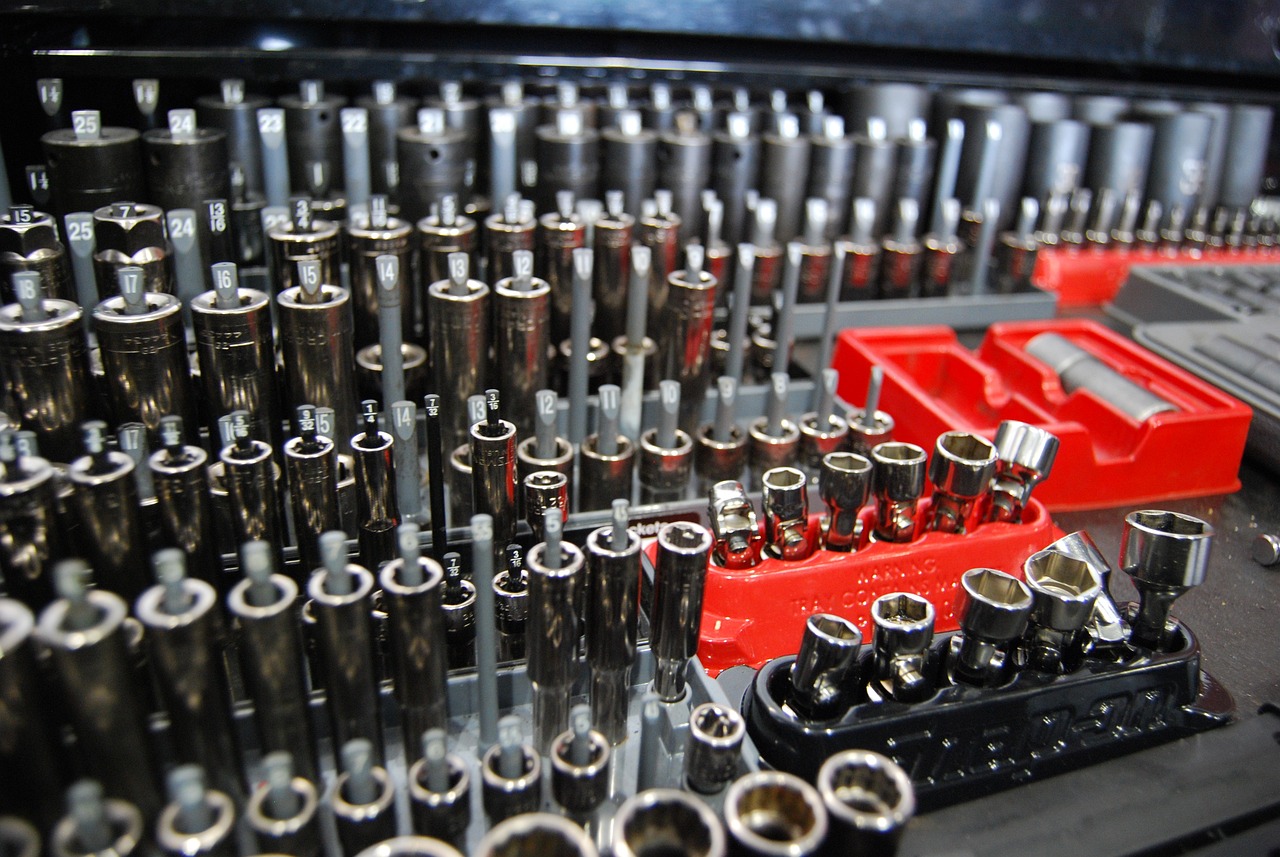Have you ever wondered what happens when one of those unsung heroes in your car—the engine mount—goes kaput? Engine mounts play a critical role in securing the engine to your vehicle’s frame, ensuring a smooth ride. When these mounts fail, it’s like a tightrope walker losing their balance; the entire system can become unstable. This instability can lead to vibrations, misalignment, and even damage to other components. So, yes, a broken engine mount can definitely damage your car and compromise your safety on the road.
Ignoring the signs of a failing engine mount can escalate the problem, leading to costly repairs down the line. It’s essential to recognize the symptoms early on—like unusual noises or excessive vibrations. Think of it as your car’s way of sending an SOS. By understanding the implications of a broken engine mount, you’re not just protecting your investment; you’re also ensuring a safer driving experience. So, let’s dive deeper into what engine mounts are, how to spot issues, and what you can do to keep your vehicle in top shape!
Understanding Engine Mounts
Engine mounts are vital components that play a crucial role in securing your engine to the vehicle’s frame. Think of them as the support beams of a building; without them, everything could come crashing down. These mounts absorb vibrations and shocks from the engine, ensuring a smooth ride and protecting other parts of your vehicle from excessive wear and tear.
There are several types of engine mounts, including rubber, hydraulic, and solid mounts. Each type serves its purpose, but they all work towards stability and performance. For instance, hydraulic mounts can adjust to engine movement, providing a quieter operation, while solid mounts are more rigid, often used in performance vehicles. Understanding these differences is essential for maintaining your vehicle’s health.
In essence, engine mounts are not just simple rubber pieces; they are integral to vehicle safety and functionality. Neglecting them can lead to serious consequences, so keeping an eye on their condition is vital for any car owner.
Signs of a Broken Engine Mount
Have you ever felt your car shaking like it’s having a mini earthquake? That could be a sign of a broken engine mount! These mounts are the unsung heroes of your vehicle, keeping everything snug and secure. When they fail, you’ll likely notice excessive vibrations while driving, especially when accelerating or idling. It’s almost like your car is trying to tell you something is off!
Another telltale sign is hearing unusual noises from under the hood. If you hear clunks or thuds when you shift gears or go over bumps, it’s time to investigate. This could indicate that the engine is moving more than it should, which can lead to misalignment and further issues.
Additionally, keep an eye out for misalignment of the engine. If you notice that your engine appears tilted or off-center, it’s a clear red flag. Not only can this affect your car’s performance, but it can also lead to damage to other components, increasing your repair costs.
In summary, if your vehicle is vibrating excessively, making strange noises, or showing signs of misalignment, don’t ignore these symptoms! Addressing a broken engine mount early can save you from bigger headaches down the road.
Potential Damage from a Broken Engine Mount
A broken engine mount can wreak havoc on your vehicle, leading to a myriad of issues that go beyond just a rough ride. Imagine your engine, which is supposed to be held securely in place, bouncing around like a pinball. This not only creates unnecessary vibrations but can also cause serious misalignment of the engine. When the engine is misaligned, it can lead to increased wear on various components, such as the transmission and exhaust system.
Moreover, a damaged engine mount can create safety risks while driving. If the engine shifts too much, it can interfere with the steering and braking systems, making your vehicle less responsive. This is particularly dangerous during high-speed maneuvers or emergency stops. The potential damage doesn’t just stop there; it can also lead to:
- Fluid Leaks: Misalignment may cause hoses and lines to rub against each other, leading to leaks.
- Electrical Issues: Wires may get pinched or damaged, resulting in electrical failures.
- Increased Repair Costs: The longer you wait, the more extensive the damage becomes, leading to higher repair bills.
In summary, ignoring a broken engine mount is like ignoring a ticking time bomb; the longer you wait, the bigger the explosion. Regular checks and timely repairs can save you from a world of pain—and expenses.
Repairing and Replacing Engine Mounts
Addressing a broken engine mount promptly is crucial for your vehicle’s health. Ignoring the issue can lead to a cascade of problems that can affect not just performance but also safety. So, what are your options for repair or replacement? Well, it largely depends on the extent of the damage. If the mount is merely cracked, a repair might suffice. However, if it’s completely broken, you’ll likely need to replace it.
When it comes to costs, repairs can be relatively inexpensive, often ranging from $100 to $300, while full replacements can set you back anywhere from $200 to $600. It’s worth noting that these prices can vary based on your vehicle’s make and model, as well as labor costs in your area.
Always remember, professional inspection is vital. A skilled mechanic can not only replace the damaged mount but also check for any other underlying issues that may have arisen due to the mount’s failure. This ensures a comprehensive solution, giving you peace of mind when you’re on the road.
In summary, don’t let a broken engine mount become a bigger headache. Address it quickly, whether through repair or replacement, and keep your vehicle running smoothly!
Preventive Maintenance Tips
Taking care of your engine mounts is like giving your car a solid foundation; without it, everything else can crumble. To keep those mounts in tip-top shape, start by regularly inspecting them for any signs of wear or damage. Look for cracks, tears, or any unusual movement when the engine is running. Regular maintenance can save you from costly repairs down the line.
Another key tip is to be mindful of your driving habits. Avoid sudden accelerations and hard stops, as these can put unnecessary stress on your engine mounts. Think of it like walking on a tightrope; the smoother your movements, the less likely you are to fall off!
Lastly, don’t forget to schedule routine check-ups with a trusted mechanic. They can catch issues before they escalate, ensuring your engine mounts—and your entire vehicle—stay healthy. Remember, a little attention goes a long way in keeping your ride smooth and safe.
Frequently Asked Questions
- What are the signs of a broken engine mount?
Common signs include noticeable vibrations, unusual noises, and misalignment of the engine. If you feel your car shaking or hear clunking sounds, it might be time to check those mounts!
- Can a broken engine mount cause serious damage?
Absolutely! A broken engine mount can lead to engine misalignment, increased wear on other components, and even safety risks while driving. It’s like a domino effect—one issue can lead to another!
- How often should I check my engine mounts?
It’s a good idea to inspect your engine mounts during regular maintenance checks, especially if you notice any symptoms. Think of it as a little health check for your car!





